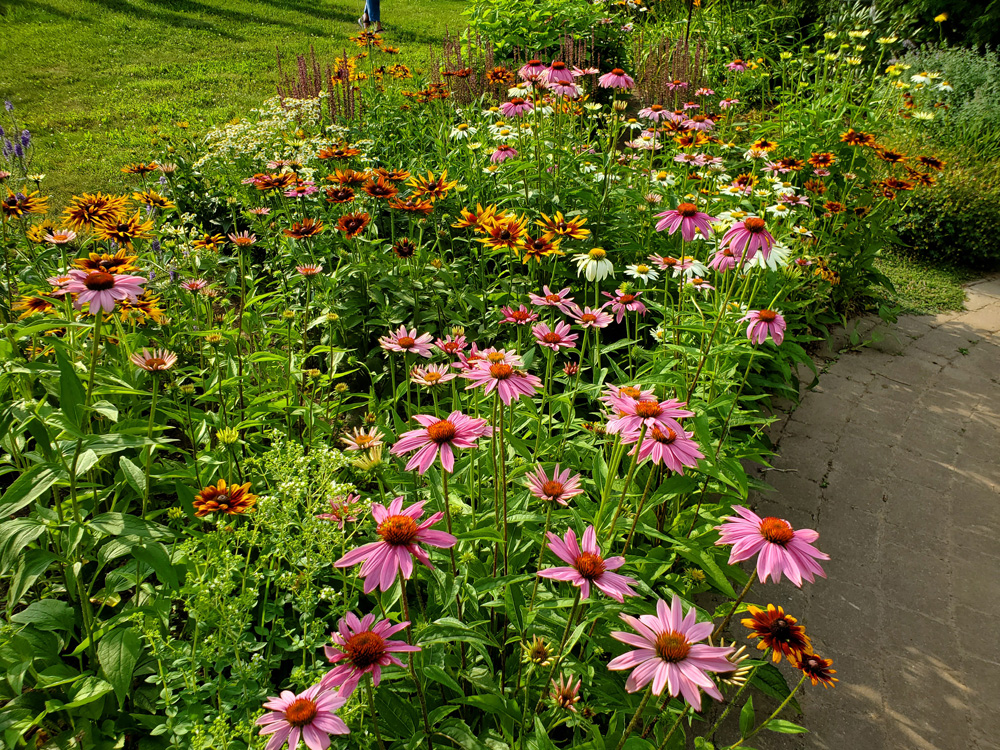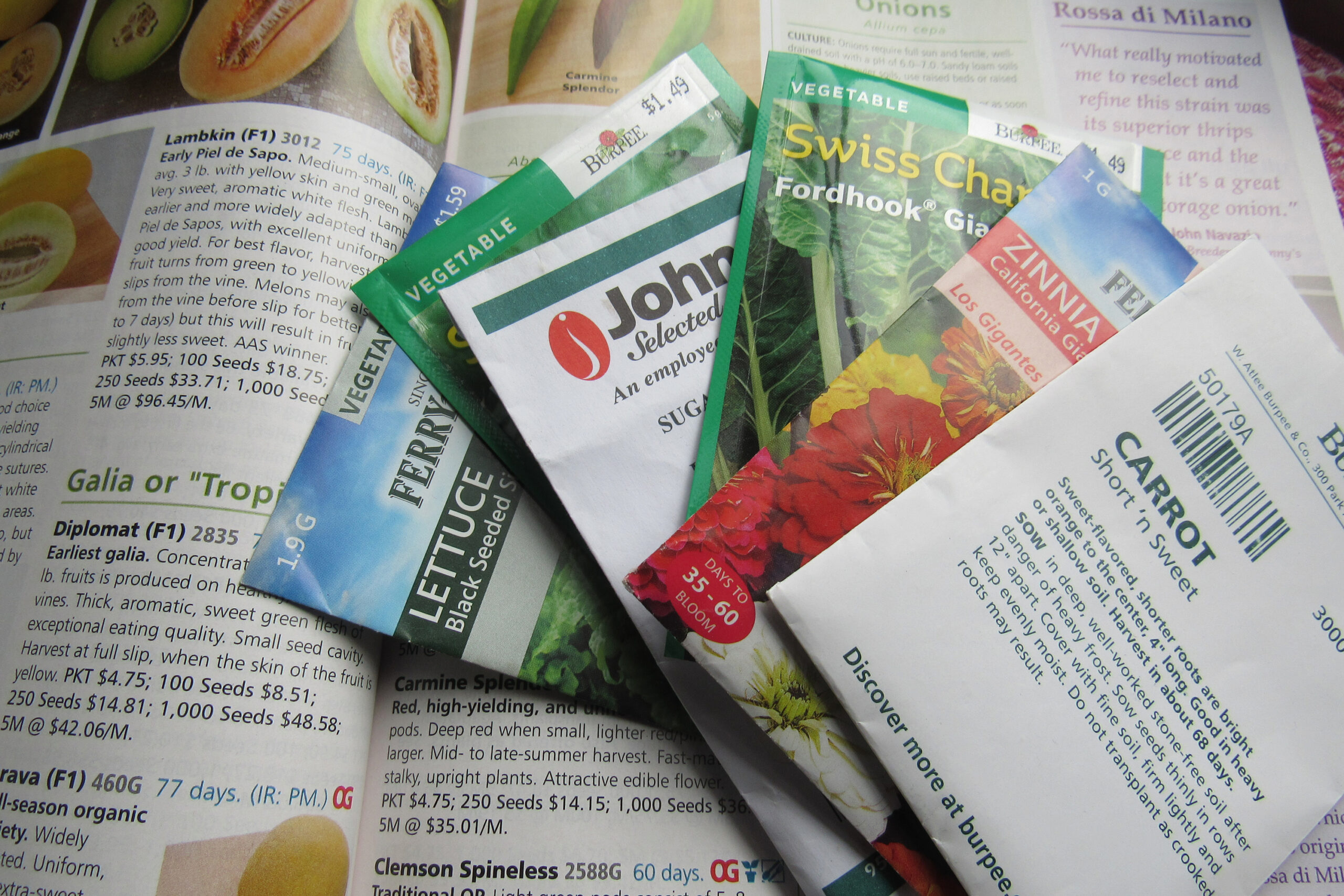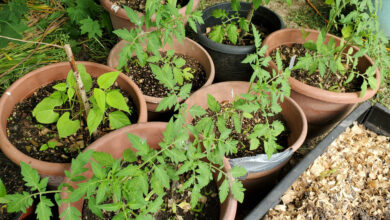Growing potatoes

Growing potatoes can be a fun and nutritious experience for the whole family. According to Cornell University, potatoes are grown as an annual in areas that receive frost, as they are native to the Andes Mountains in South America. Cornell also says growing potatoes is easy – if you have the right location and soil.
Potatoes are grown from seed potatoes; tubers grown the previous season. They need well-drained soil, as they will rot if conditions are wet and cold. If you have heavy clay, consider growing potatoes in raised beds. You can also add organic material such as compost, cover crops or leaves to improve the soil for potato growing. Cornell warns against using manure or high nitrogen fertilizer as it will encourage lush foliage growth at the expense of tuber production.
Potatoes are a bit unique as they do best in slightly acidic soil – with a pH between 4.8 and 5.5. If your soil tends to be alkaline, now is the time to prepare for growing potatoes next year. Get a soil test and amend the soil in the fall so that it will be the correct pH come planting time next spring.
Disease-free seed potatoes can be found at garden centers or through online and catalog seed companies. If you save your own seed potatoes, make sure you get rid of any that show signs of disease. Potatoes from the supermarket should be avoided as they may have been treated with sprout inhibitors.
Cut your seed potatoes as little as possible. Tubers that are egg-size or smaller can be planted as is. Those larger than a chicken egg should be cut into pieces about one-inch across or slightly larger. Each piece should have one “eye,” a small bud from which the stem will grow. It can help to cure the cut seed potatoes before planting. Cornell suggests putting about five pounds of cut potatoes into a large grocery bag and folding the top closed. Keep at room temperature for two to three days. Shake the bag to unstick pieces and let sit another two to three days before planting.
Plant about two to four weeks before the last frost date. Soil temperature should be around 50° F. Do not plant where you have grown potatoes, tomatoes, peppers or eggplant for the past two years. One way to plant is by digging a shallow trench about four inches deep with a hoe. Plant the seed potatoes about eight to 12 inches apart in the trench with their eyes up and cover with soil. Stems and foliage should emerge in two to four weeks.
When plants get to be about six to eight inches tall, “hill” up the potatoes by hoeing soil loosely around the base to within about one inch of the lower leaves. Repeat in about two to three weeks. The hilling process, which can be continued through the growing season to about a six- to eight-inch ridge, helps keep the potatoes from being exposed to sun, which turns them green and bitter.
Potatoes will need about one inch of water each week during the growing season. Cornell says row covers can help protect against Colorado potato beetles, leaf hoppers and flea beetles, which are the main pests of potatoes. You can crush the yellow eggs of Colorado potato beetles underneath the leaves and remove adults by hand to help control the population. As with tomatoes, potatoes can also get early and late blight. Cornell advises using certified seed, keeping foliage dry by watering early in the day and spacing plants apart for air circulation. Scab can also be a problem if the soil pH is too high.
Blight resistant varieties include Allegany, Elba, Rosa and Sebago. Scab resistant varieties include Chieftan, Norland, Russet Burbank, Russet Rural and Superior. You can spread out your harvest by planting early, mid-season and late varieties. You can also experiment with different skin and flesh colors and subtle flavors of different varieties.
Harvest carefully, using your hands as much as possible to protect from damaging the potatoes. Those that do get nicked, should be eaten first.






